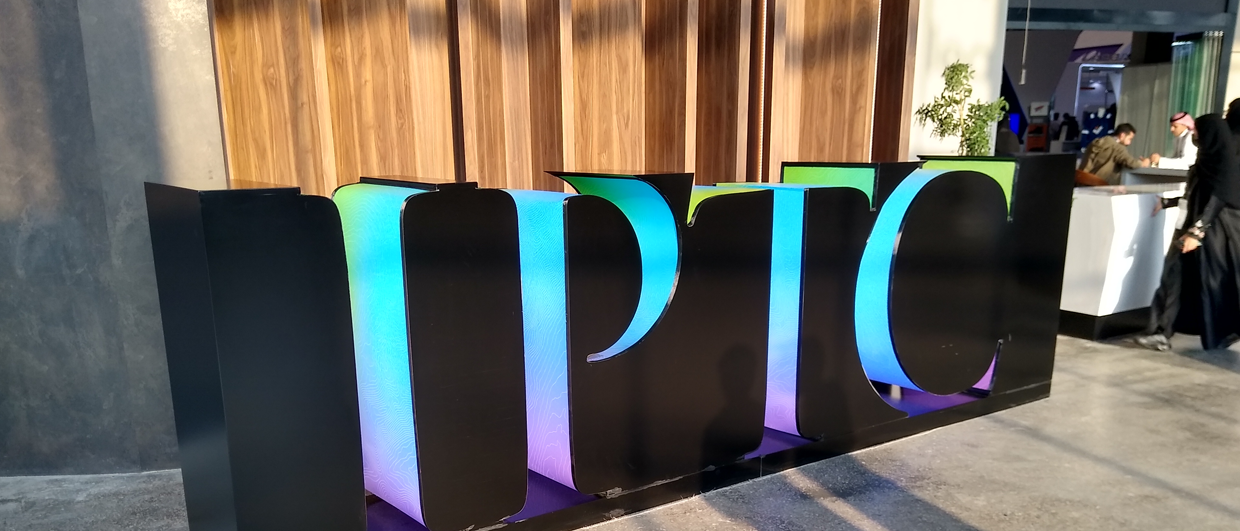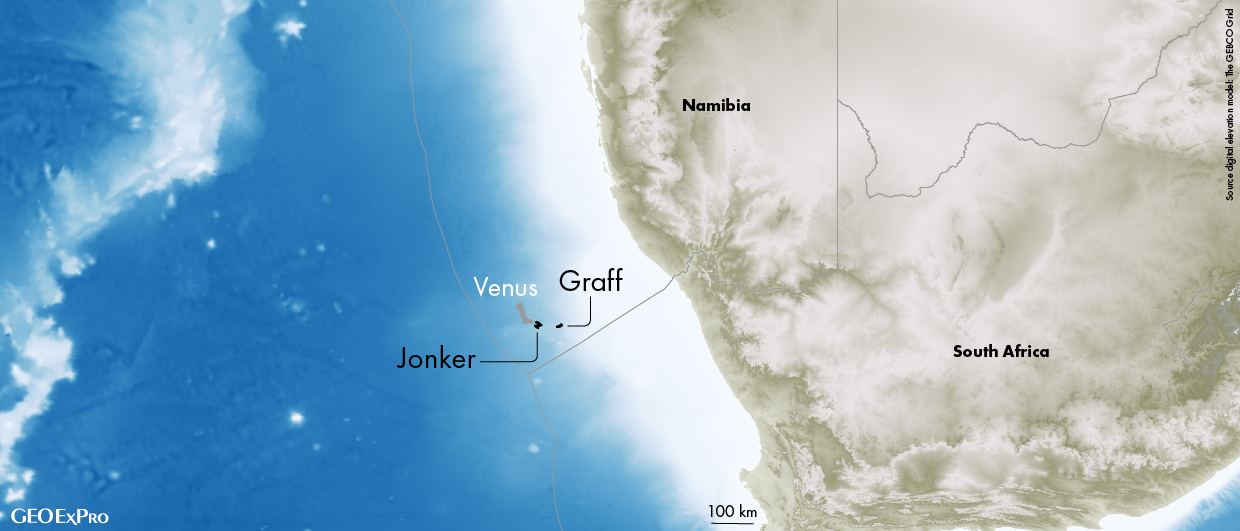Timor-Leste was quick to capitalise on its oil and gas resources after in became independent in 2002. In the same year, a treaty was signed with Australia for a Joint Petroleum Development Area (JPDA) in the Timor Sea. Importantly, the JPDA contained the Bayu-Undan and Greater Sunrise fields.
Brought on stream by Conoco in 2004, the Bayu-Undan gas-condensate field is near the end of its life, and current operator Santos is working with the government on plans to convert the facility into a Carbon Capture and Storage (CCS) hub project.
Meanwhile, the development of Greater Sunrise, which is operated by Woodside, in partnership with national oil company TIMOR GAP and Osaka Gas, continues to be stalled over lack of agreement on a development plan. The issues revolve around whether the gas should be processed for export at a liquefied natural gas (LNG) plant in Australia or Timor-Leste. The Greater Sunrise complex was discovered in 1974 by the Woodside Troubadour-1 wildcat and is reported to hold gross contingent resources of over 5 trillion cubic feet (TCF) of gas and 225 million barrels of condensate.
An offshore project that is moving forward in Timor-Leste is in the SundaGas-operated Chuditch PSC. SundaGas, which is a fully owned subsidiary of Baron Oil, is preparing to drill an appraisal well on the 1.15 TCF Chuditch gas discovery in 2024. There is reported to be significant follow-up potential to Chuditch in the block with aggregate estimated recoverable resource estimates of more than 3 TCF. A success at the Chuditch appraisal well is considered sufficient to fast-track development of the field with a target of first production in 2028.
Onshore, Timor Resources holds Blocks A and C, which also have a small offshore portion, and following seismic surveys in 2018 and 2019 three exploration wells have been drilled. All three wells are reported to have encountered oil and gas and Timor Resources has announced that 2P certified reserves from these wells, supported by four historic wells, is 21.1 million barrels of oil.
As a result of the Second Licensing Round in 2019-2020, a total of six companies bid on five blocks out of the 18 on offer. Winners in the round included ENI (Block P) and Santos (Block R) in the offshore, and TIMOR GAP (Block A), ETO Lda (Block B) and HTS Exploration (Block F) in the onshore. Signing of contracts for the blocks is expected soon, with ENI expected to be first to sign, and the future looks bright for the world’s fourth youngest country.





